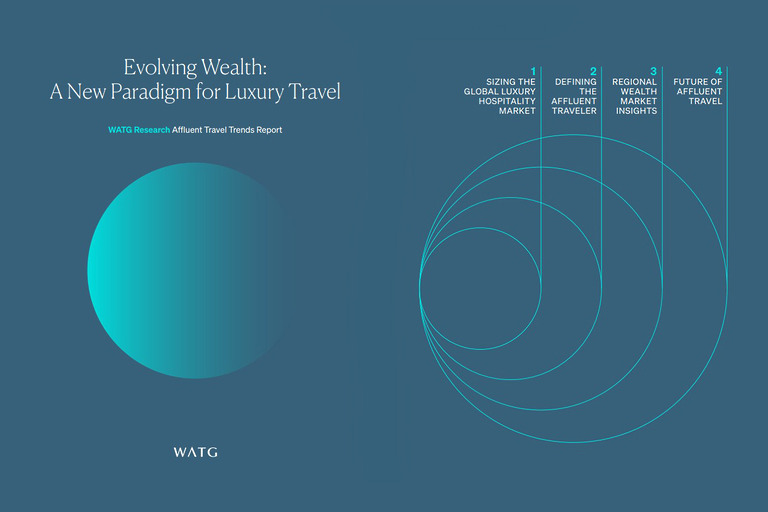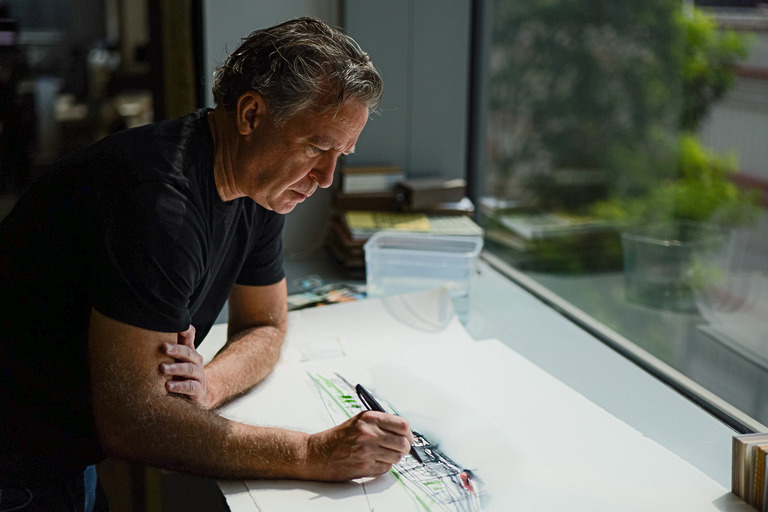Silver is Gold
By WATG
January 15, 2018
Well-being is a global religion in developed countries, and the fact is we’re living longer and healthier lives than ever before. How we live our lives is changing, and the term “the over 50’s” is becoming passé and even alienating to the informed disposable income consumer. They just don’t see themselves as they are portrayed in that kind of advertising. Cue Louis Vuitton using 70-year-old Catherine Deneuve to front their campaign, or American Apparel’s choice of Jacky O’Shaughnessy to represent their brand at a young 62. Smart brands and intelligent observation of who to target.
What are the facts? Increased life expectancy and falling birth rates are resulting in ageing populations in a number of major economies around the world. This well-documented phenomenon is perhaps most clearly witnessed through the analysis of Old Age Dependency Ratios, which illustrate the relationship between the number of seniors and the working age population. A UN study shows dramatic growth in China’s old age dependency ratio increasing from 13% in 2015 to almost 50% in 2050.

China is a demographic time bomb, and globally the boomers are due to “come of age” which will, of course, boost the demand for senior housing significantly over the next ten years. Does the term “Senior Housing” make you flinch? Is your mind instantly transported to a place you’d rather not be? It’s no wonder films like “The Real Marigold Hotel” were a global smash considering the number of people who reach the autumn or early winter of their lives alone and wondering how and where they should live.
Purpose built communities do exist, but is it time for a design facelift to not only the look and feel but the entire concept? Statistics now indicate that this period could easily be 20+ years of a person’s life. Homes or age-restricted communities tend to be designed with practicality, functionality, and mobility in mind rather than lifestyle.
Retirees increasingly want access to urban and educational experiences, culture, family, and the service and amenities they have come to expect on five-star vacations. They want to travel, enjoy well-being, spa and fitness, and generally want to be around people who make them feel young, not old.

Owners and hotel operators have been engaging firms like WATG for seven decades because of the design experience that they bring to the hotel and resort hospitality experience. They are considered experts in this field, so how does this relate to retirement living? It’s simple really, retirement should be hospitable, not isolating or pedestrian. Basically, they are the people to design the retirement living experience, so that every moment of a resident/guest’s time would be spent in a state of enjoyment and not just getting from A to B in daily tasks.
Why have hoteliers shied away up to now? From the hotel operator’s point of view, there is apprehension that association with the Senior Living sector may erode/confuse the brand’s image. A further barrier to hotel company involvement in the sector is the operational intensiveness and expertise required. This makes it difficult to expand quickly while maintaining the level of quality required to ensure maintenance of brand integrity. That is not to say there are not numerous ambitious developers and management companies operating in this space.
What is it that WATG sees as being different about their approach? It all begins with intelligent and expert planning of the site to make sure everything is maximized. Every room or residence should be spectacular and enjoy a view. The entire concept needs to be tied together with driving principles that connects people and has a strong sense of place. Ultimately the community should have a strong identity and create an emotional connection.

People with disposable income enjoy quality, choice and the freedom to live their lives young and well into their 90’s. WATG are championing the idea of retirement living with an edge, one that says guest experience not mobility ramp as the headline.
Suling Roth in WATG’s Singapore office explains; “Bringing our hospitality design expertise into Senior Living, we focus on creating meaningful and exciting environments for seniors to enjoy, while keeping advanced support and health services working seamlessly in the background. The result is the ideal balance of function and user experience, offering an extremely high-quality lifestyle to seniors.”

“Senior Living is headed toward more hospitality based design. Seniors now are well-travelled, internet savvy, informed and active. They are accustomed to a high level of amenities, options for entertainment and dining, and fulfilling social lives. As hospitality designers, we understand how to tailor the experience to satisfy these needs, while providing the necessary services to make it function efficiently.”
It’s definitely food for thought and a “watch this space” subject given the rapid change to the ageing global demographic. If you cycle, run, ride, walk, ski, or kayak your way into your 60’s 70’s and 80’s you may well be looking for a different way of living than is currently on offer. Who will take up the challenge remains to be fully seen, but if WATG are involved, with their track record it’s likely to be a five-star hospitality experience that’s for sure.

Latest Insights
Perspectives, trends, news.

- Strategy & Research
Evolving Wealth: A New Paradigm for Luxury Travel

- Strategy & Research
Evolving Wealth: A New Paradigm for Luxury Travel

- News
Wish You Were Here: Postcards from our Destinations

- News
Wish You Were Here: Postcards from our Destinations

- News
The Torch, The Screwdriver, and the Pencil – Pete Wimberly’s Story

- News
The Torch, The Screwdriver, and the Pencil – Pete Wimberly’s Story

- Employee Feature
Ian Simpson: Constantly Curious, Constantly Creative

- Employee Feature
